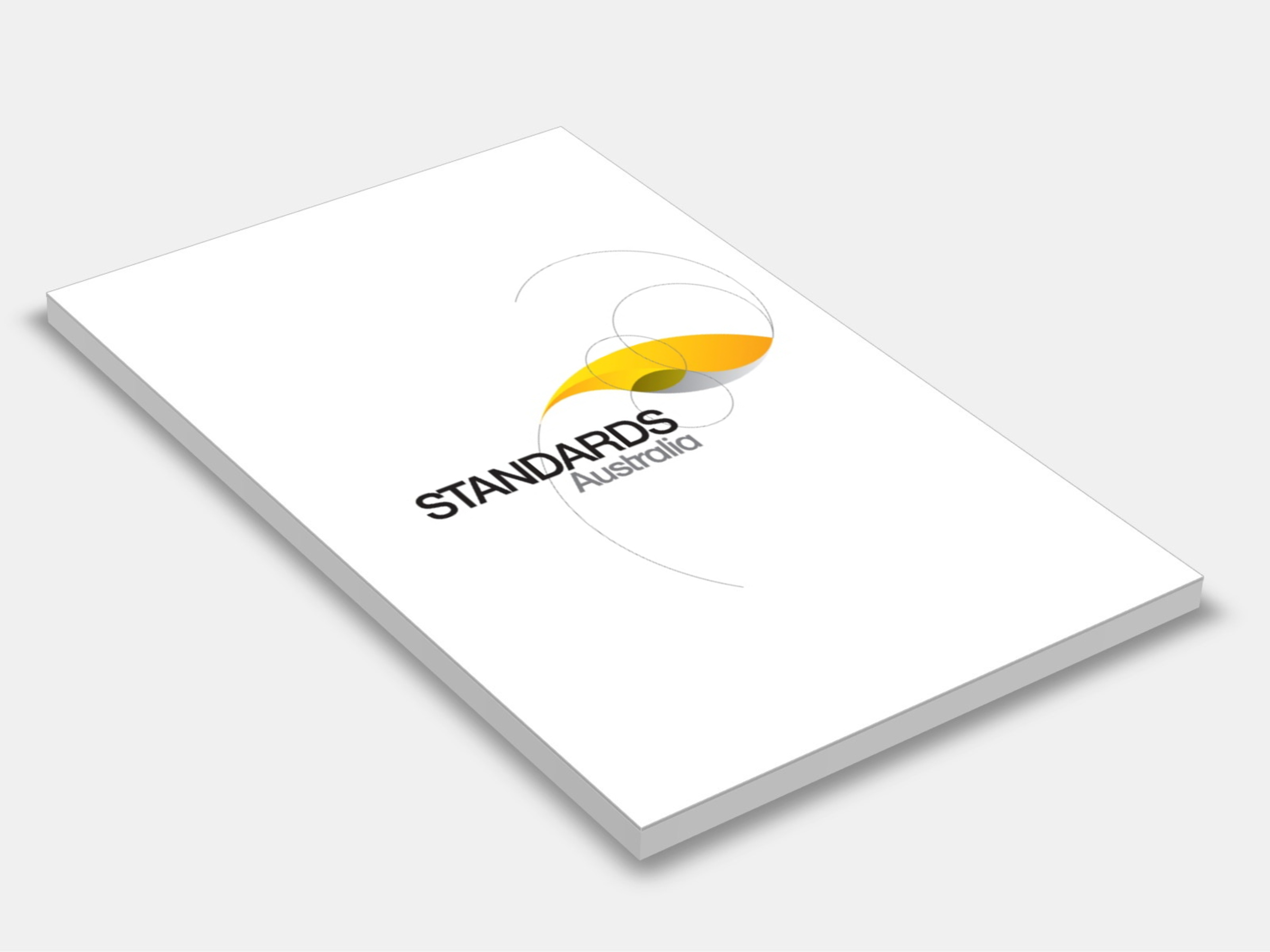
Type
Publisher
Standards Australia
Publisher
Standards Australia
Version:
First Edition 2020.
(Current)
Short Description
Sets out the minimum requirements and recommended safe practices for the selection, use and maintenance of portable ladders.
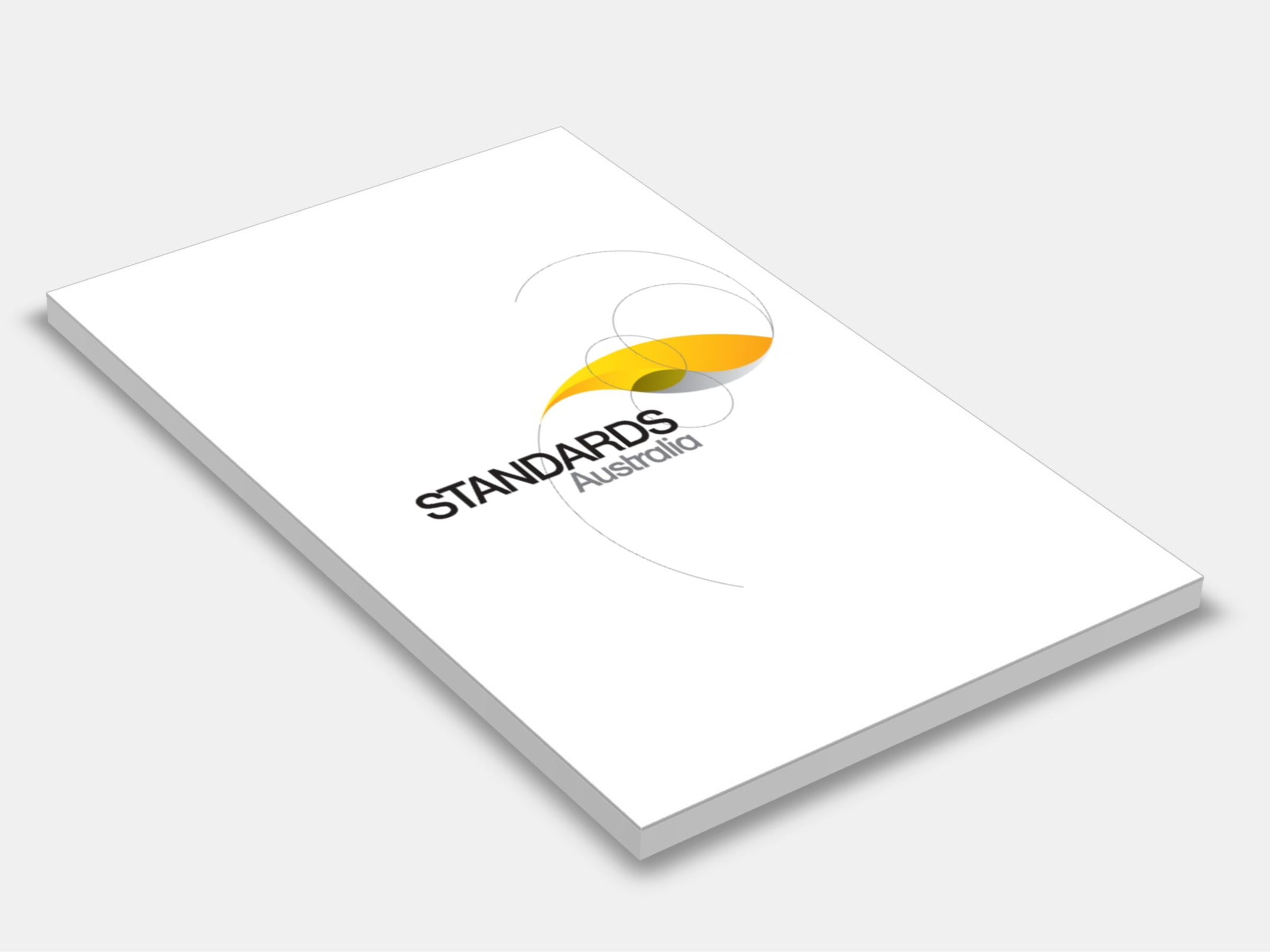
Type
Publisher
Standards Australia/Standards New Zealand
Publisher
Standards Australia/Standards New Zealand
Version:
Second Edition 2009.
(Pending Revision)
Short Description
Specifies requirements and sets out recommendations for the selection, safe use and maintenance of industrial fall-arrest systems and devices based on the use of safety harnesses, horizontal life lines and rails, fall-arrest devices, and associated lanyards, connectors, anchorages and fittings.
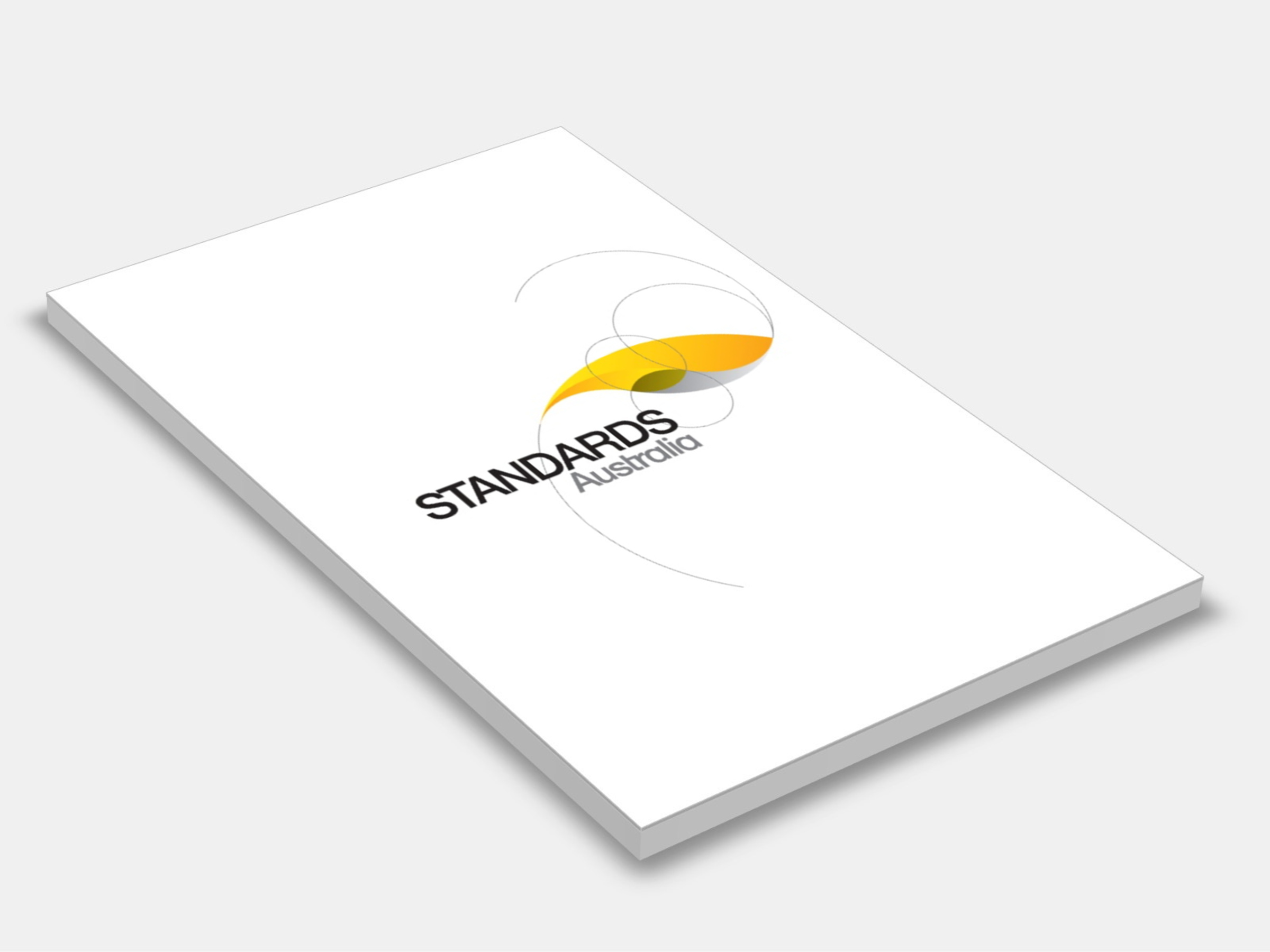
Type
Publisher
Standards Australia/Standards New Zealand
Publisher
Standards Australia/Standards New Zealand
Version:
First Edition 2020.
(Current)
Short Description
This Standard adopts ISO 22846-2:2012, which provides recommendations and guidance on the use of rope access methods for work at height and expands on the fundamental principles given in AS/NZS ISO 22846.1, in conjunction with which it is intended to be used; intended for use by employers, employees and self-employed persons who use rope access methods, by those commissioning rope access work and by rope access associations.
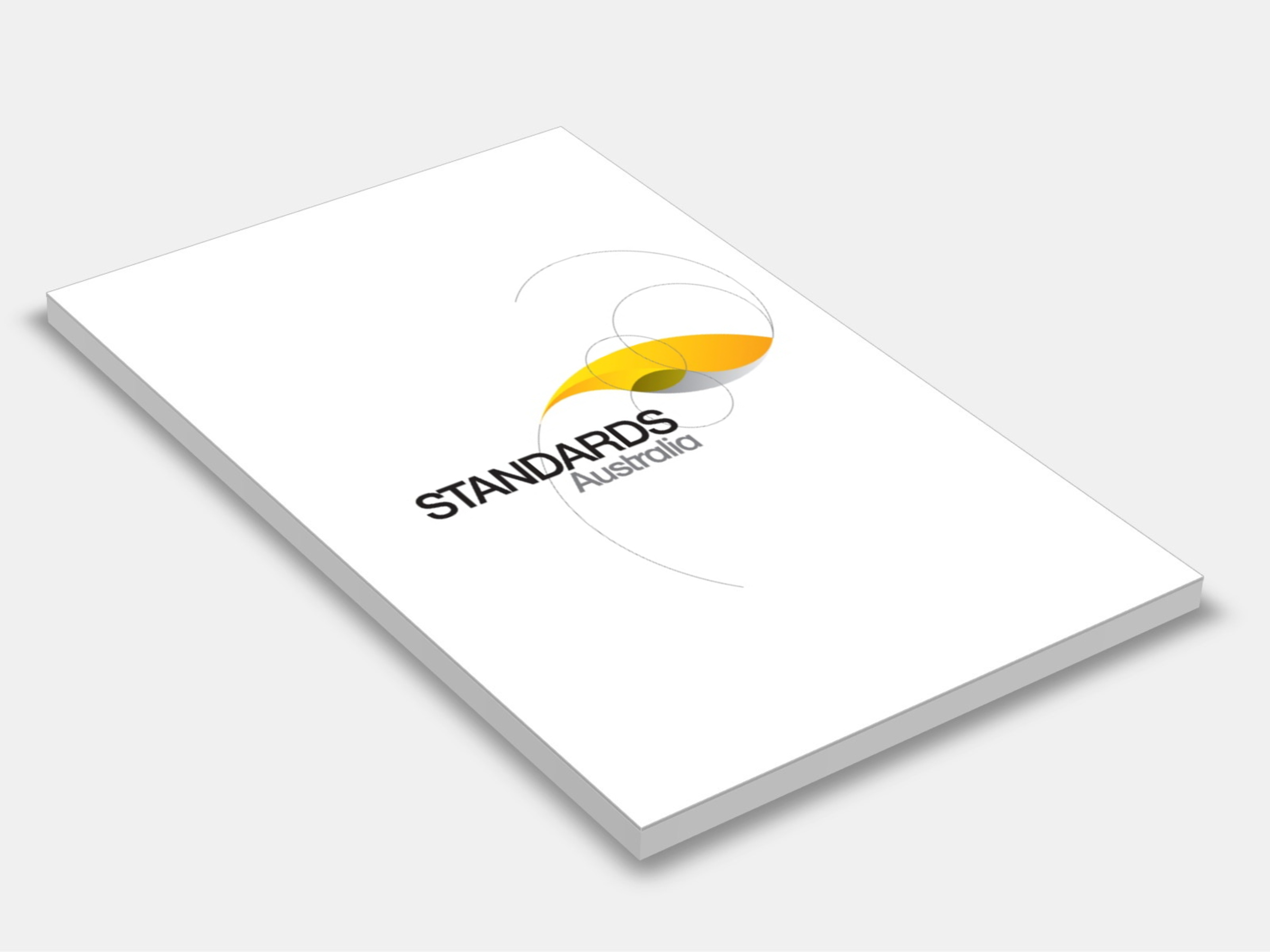
Type
Publisher
Standards Australia
Publisher
Standards Australia
Version:
Fifth Edition 2018.
(Current)
Short Description
Sets out requirements for the design, selection, construction and installation of fixed platforms, walkways, stairways and ladders that are intended to provide safe access to places used by operating, inspection, maintenance and servicing personnel.
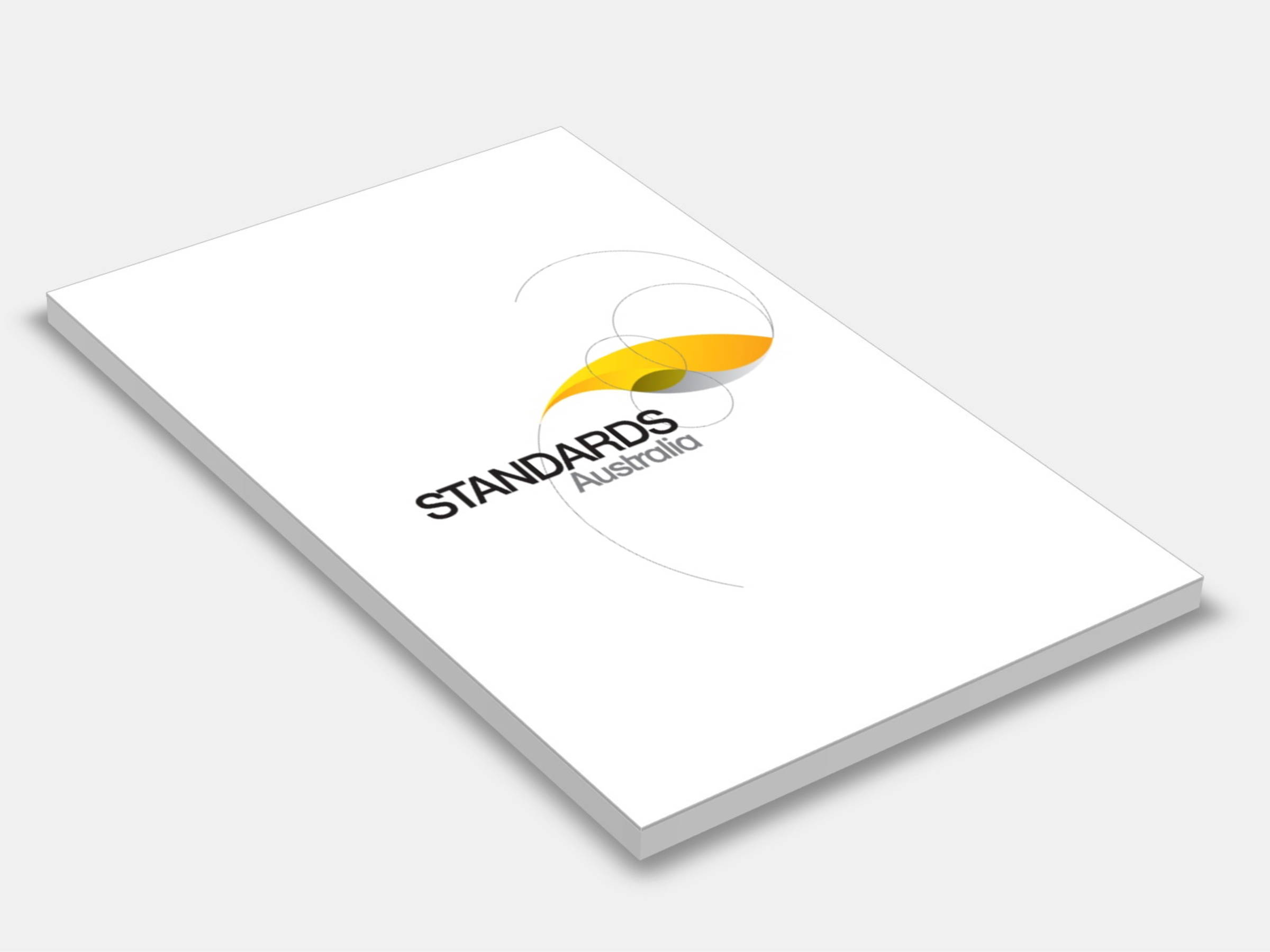
Type
Publisher
Standards Australia
Publisher
Standards Australia
Version:
Third Edition 2009.
(Pending Revision)
Short Description
Sets out the requirements and risk control measures for ensuring the safety of those who must enter or carry out tasks associated with a confined space; contains sections dealing with planning and implementing entry to a confined space; appendices include guidance for training, risk assessment, atmospheric monitoring and sample forms and permits associated with confined space work.
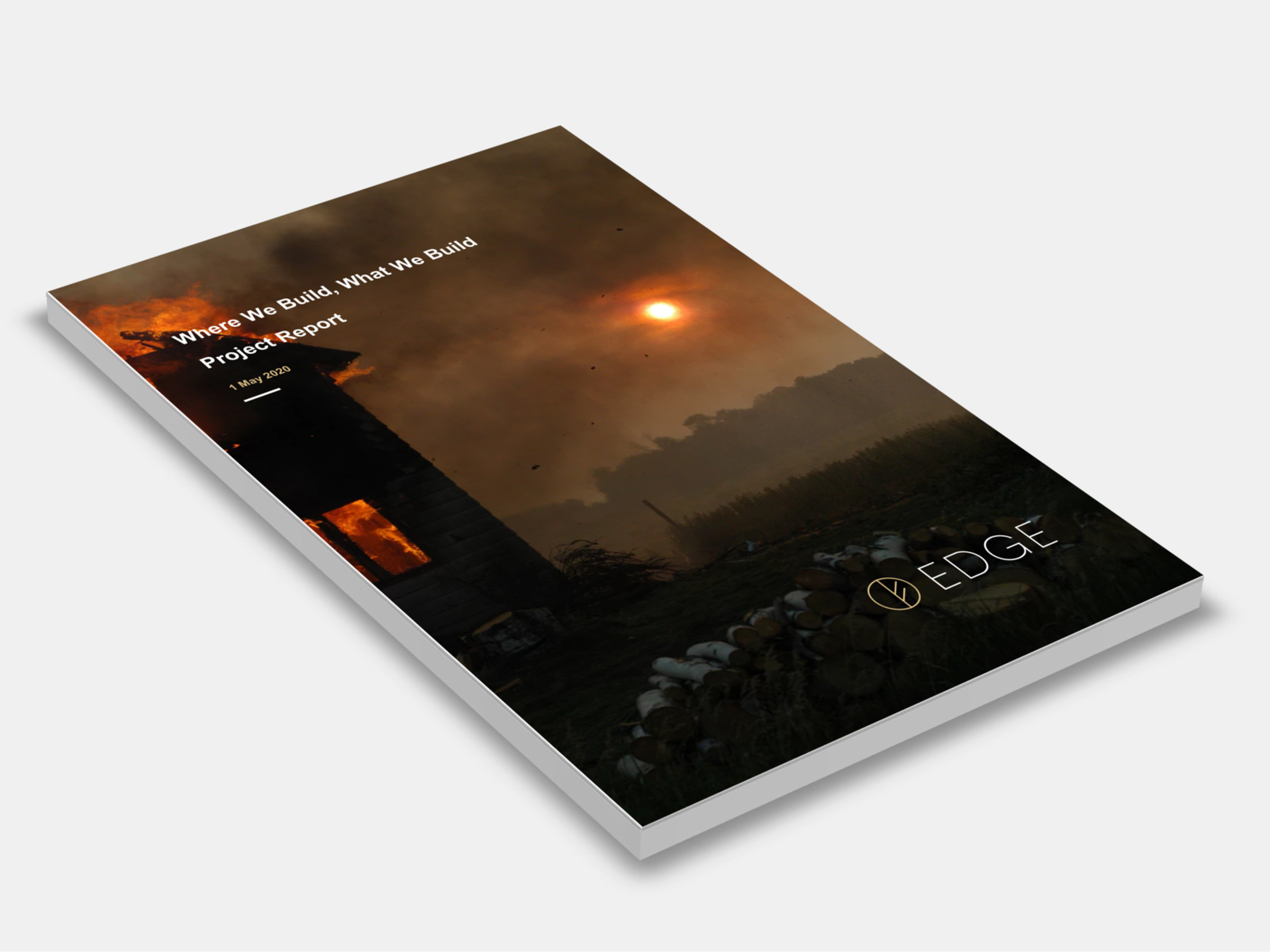
Type
Publisher
South Australian Government
Publisher
South Australian Government
Version:
2020.
(Current)
Short Description
The Where We Build What We Build project is supporting the Resilient Hills and Coasts (RH&C) region by enabling assessment of the climate risk exposure of homes and encouraging better climate risk mitigation decisions.
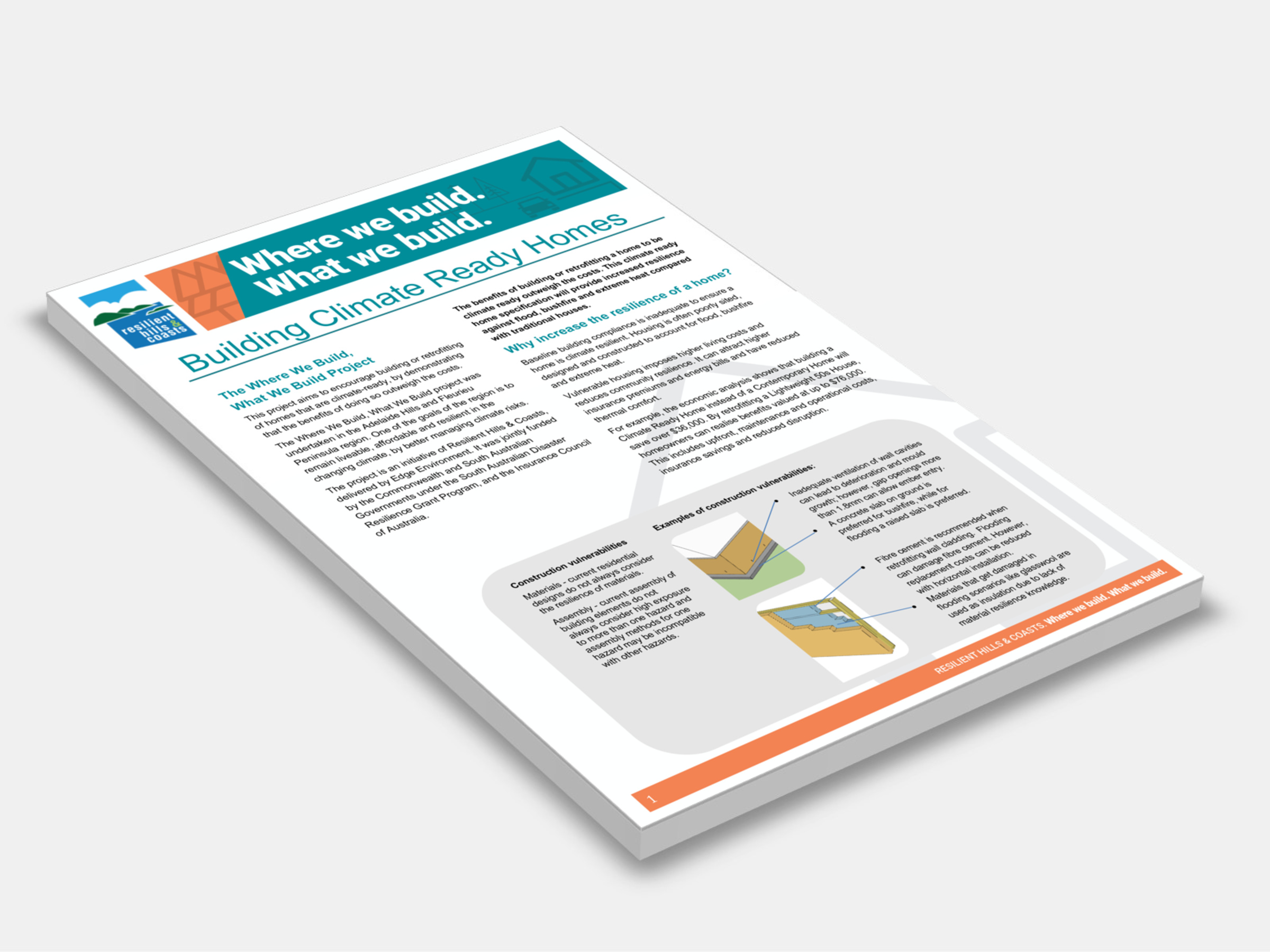
Type
Publisher
South Australian Government
Publisher
South Australian Government
Version:
2020.
(Current)
Short Description
This project aims to encourage building or retrofitting of homes that are climate-ready, by demonstrating.
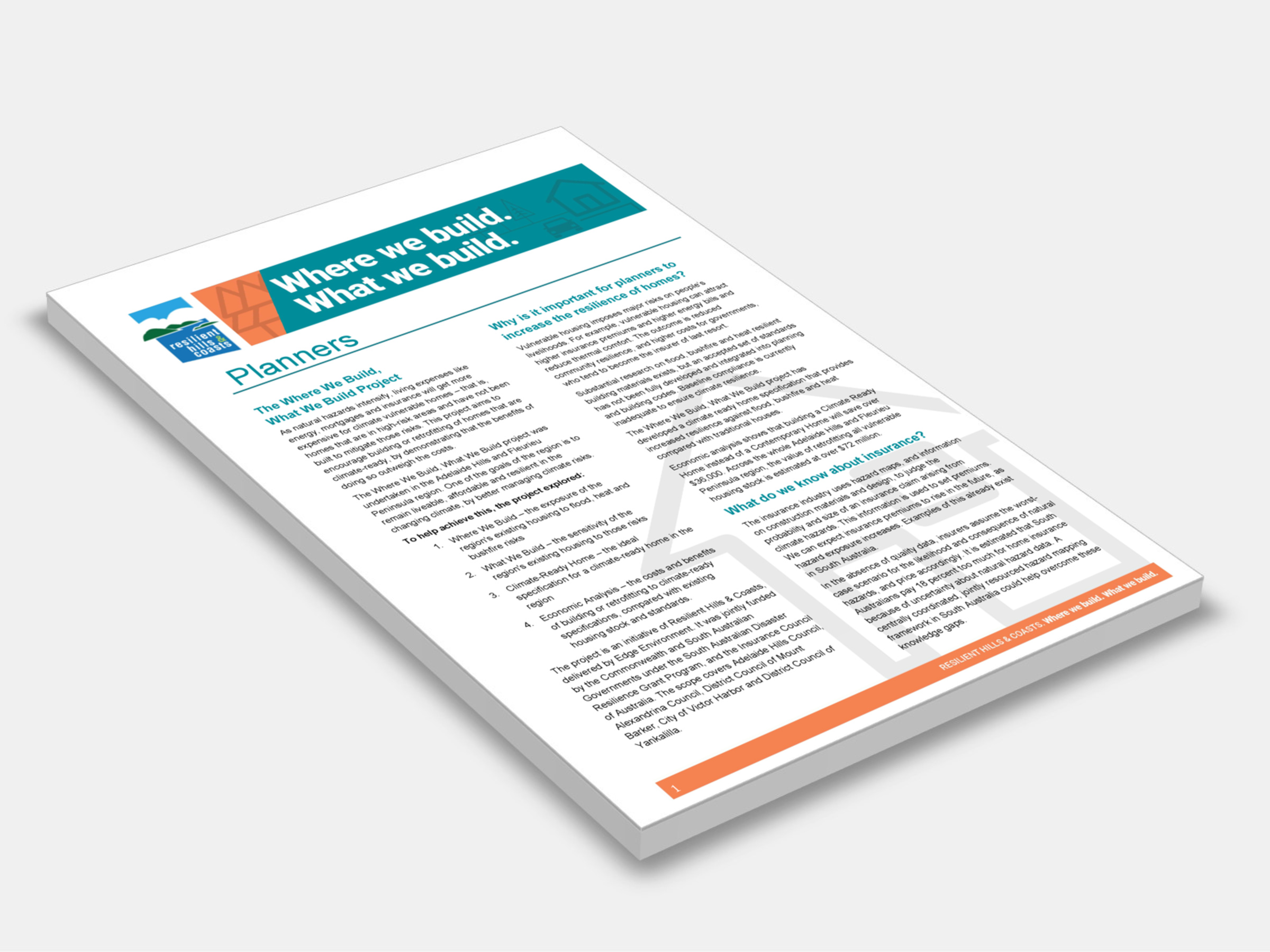
Type
Publisher
South Australian Government
Publisher
South Australian Government
Version:
2020.
(Current)
Short Description
The Where We Build, What We Build project has developed a climate ready home specification that provides increased resilience against flood, bushfire and heat compared with traditional houses.
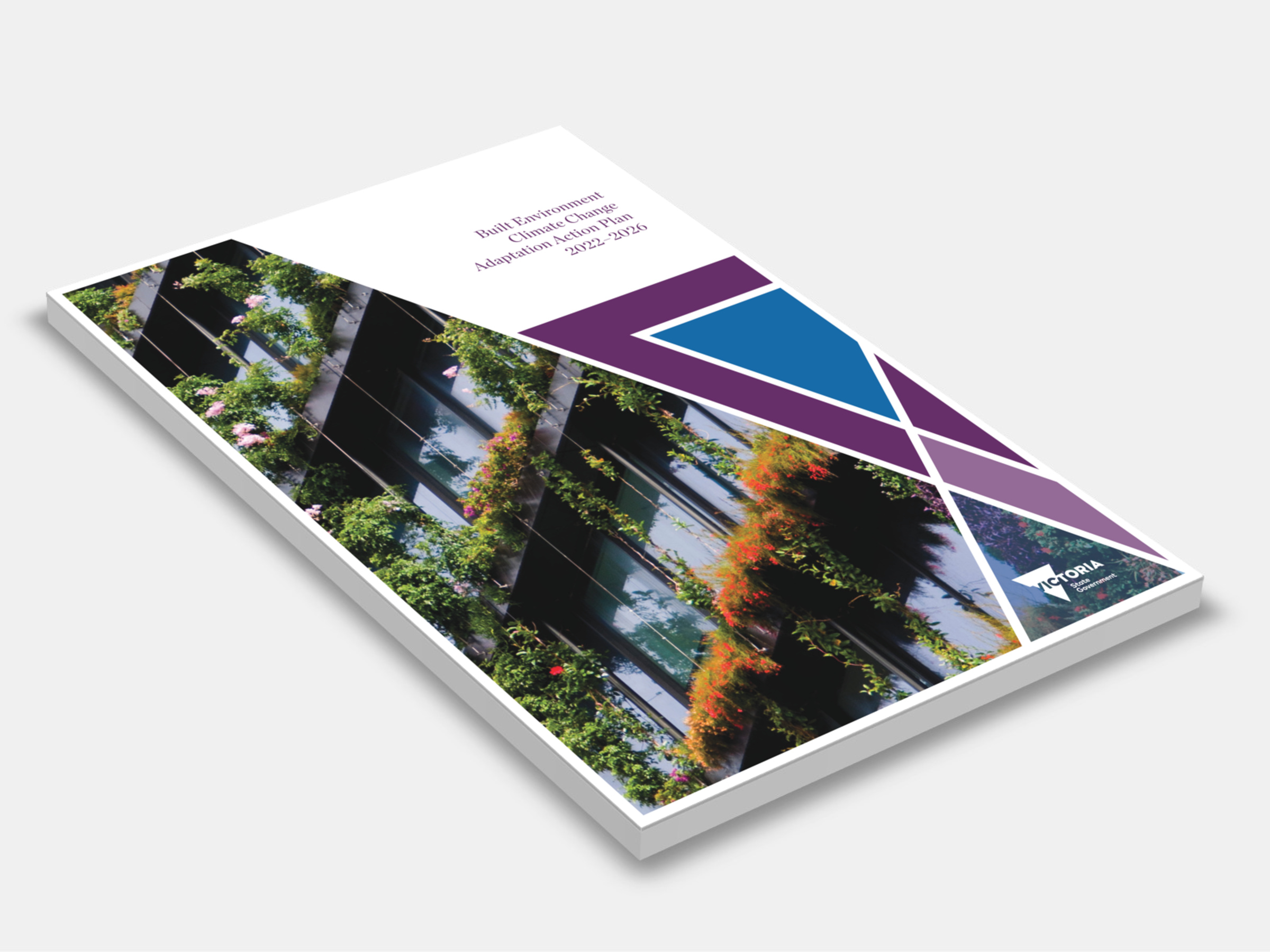
Type
Publisher
Victorian Government
Publisher
Victorian Government
Version:
2022.
(Current)
Short Description
This plan sets out the Victorian Government’s proposed actions during the next 5 years to respond to climate change risks to our built environment of cities, towns, suburbs and regional areas, along with supporting infrastructure and services.
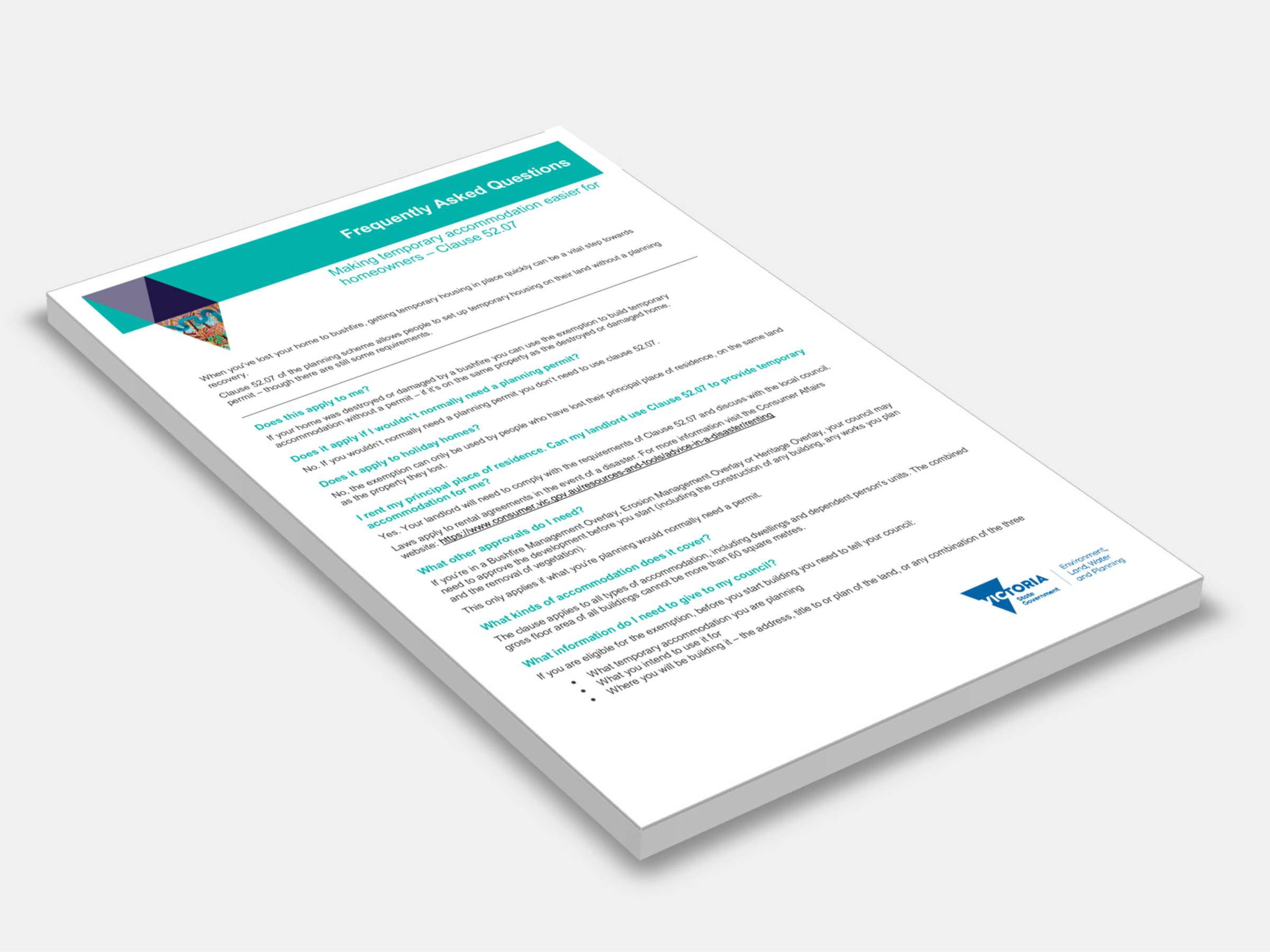
Type
Publisher
Victorian Government
Publisher
Victorian Government
Version:
2020.
(Current)
Short Description
Clause 52.07 of the planning scheme allows people to set up temporary housing on their land without a planning permit – though there are still some requirements.